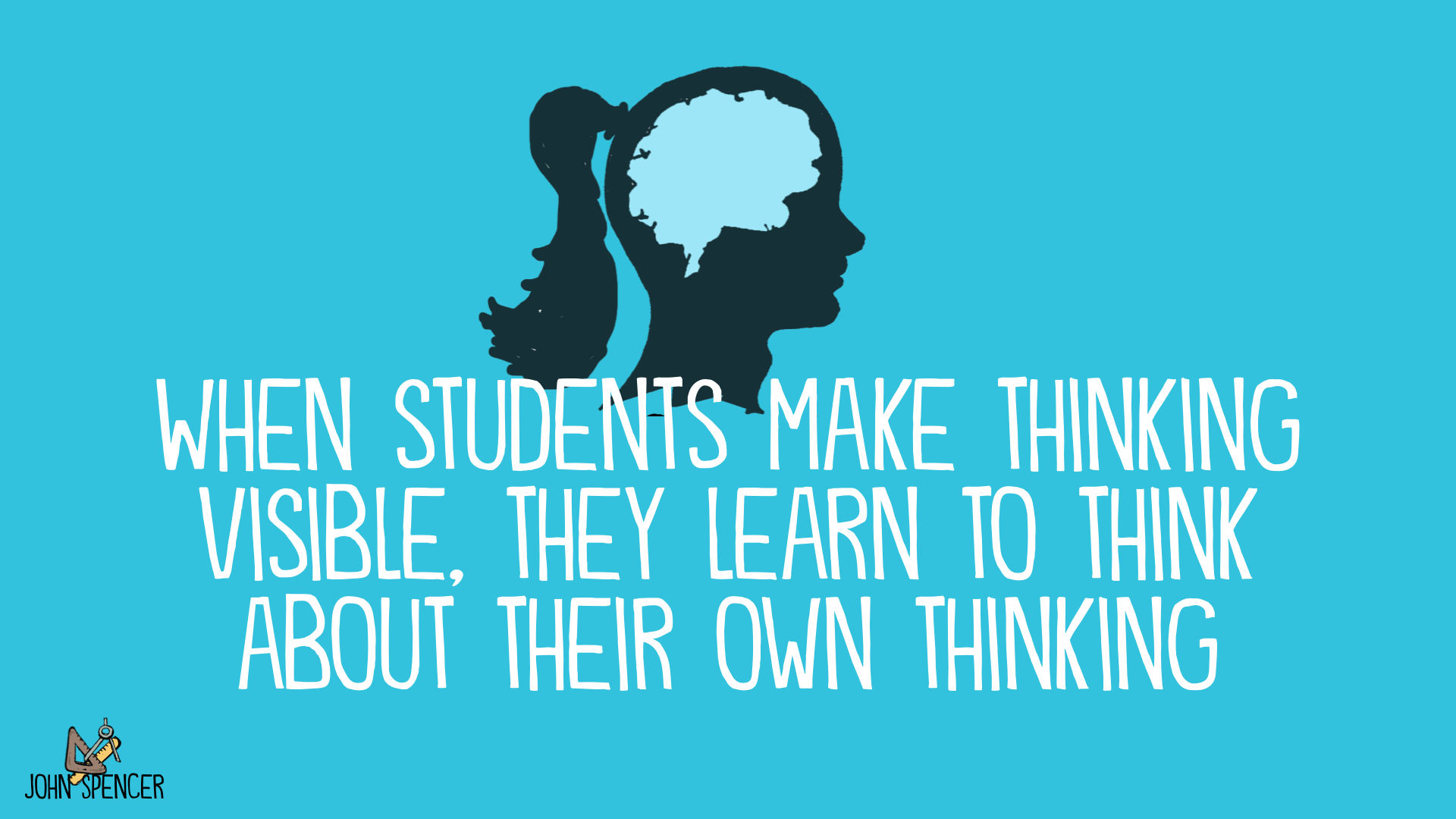One of the sure-fire ways to engage students in more thoughtful thinking is by encouraging them to ask questions. By doing so, they will deepen their understanding of the topic and develop critical analysis skills. The only way to learn more is to ask questions, and the best way to foster this habit is to encourage students to form theories and predictions. The following are some tips on how to make students think in a classroom setting. To maximize the benefits of this activity, follow these steps.
Brain teasers
Using brain teasers to make students think can be a very effective way to improve their memory skills. Students who solve riddles improve their short and long-term memory. It also gets their brains working on problem-solving skills. However, you must remember that brain teasers shouldn’t be used as a sole means to improve memory. Instead, you should use them in conjunction with more traditional training methods.
Cooperative group work
When we think of cooperative learning, we often think of working in teams and helping one another. While helping one another is an important part of cooperative learning, it is even more effective when students share a common goal. In the classroom, cooperative groups often involve a puzzle or another problem. A student can work on a solution on their own, or they can work in pairs to solve the problem. In either case, cooperative groups make students think in different ways.
Specific questions
One of the most effective ways to check whether your students understand the topic at hand is by asking them specific questions. Using questions to check understanding will get students involved in the discussion and help them formulate answers. You can also prepare follow-up questions that extend the response and require students to think through a decision-making process. The following are examples of specific questions to make students think:
Shallow processing
Students’ memory is affected by their depth of processing. In a study, the researchers showed that students who process words semantically and not merely for their basic sound characteristics tended to have better recall. Moreover, students who process words with more depth are also more likely to remember what they learn later on. In this article, we’ll explore the differences between shallow and deep processing. This way, you can give your students the tools to better understand and improve their memory.
Asking follow-up questions
Using follow-up questions is a proven technique for engaging people. It’s natural for the person answering to become engaged when a follow-up question is asked. However, the unpredictable nature of user interviews can make it difficult to use this technique effectively. Here are some tips for phrasing follow-up questions. The first step is to restate the initial question. You can do this by injecting perspective, pointing to a previous experience, or simply posing a question in a new way.

